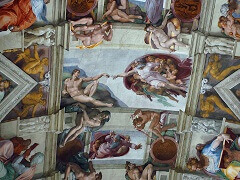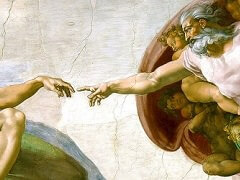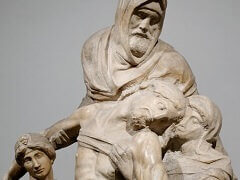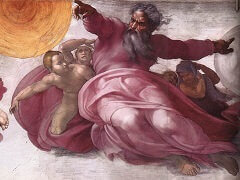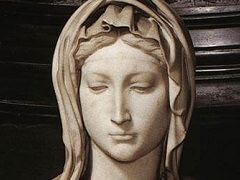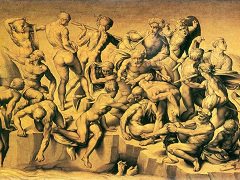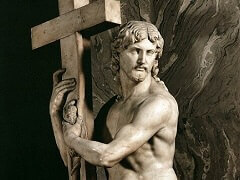Palazzo dei Conservatori, by Michelangelo
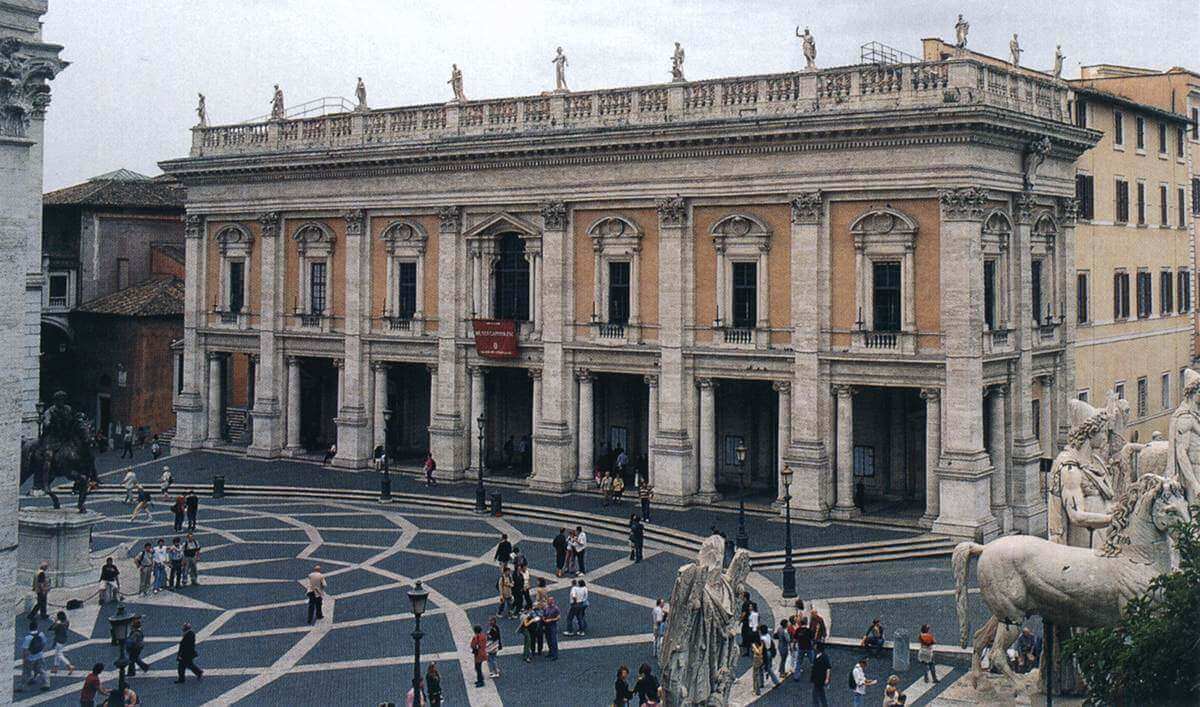
Michelangelo's single but influential contribution to civic design was his scheme to unify and decorate the Capitoline Hill, a site which has great symbolic value as the centre of ancient Rome.
In 1538 he moved the Roman bronze equestrian statue of Marcus Aurelius, then considered to be a portrait of Constantine, to the central position in this piazza. He provided the statue with an
ovoid base and designed a double flight of steps for the main entrance of the Palazzo Senatorio at the back of the piazza. Michelangelo probably made no further designs before 1561, when work
on a broader Capitoline project began. Certainly he was responsible for the general idea of the project, whose two facing palaces, the Palazzo dei Conservatori and Palazzo Nuovo, are at an
awkward angle to each other because of the configuration of the terrain and preexisting structures that had to be incorporated.
Michelangelo's Palazzo Nuovo and Palazzo dei Conservatori for the Campidoglio are embraced by a colossal Corinthian order, within which a small Ionic order seems imprisoned. The use of a straight
entablature for the portico, rather than the arched arcade that become traditional by this stage, is characteristic for Michelangelo's style.
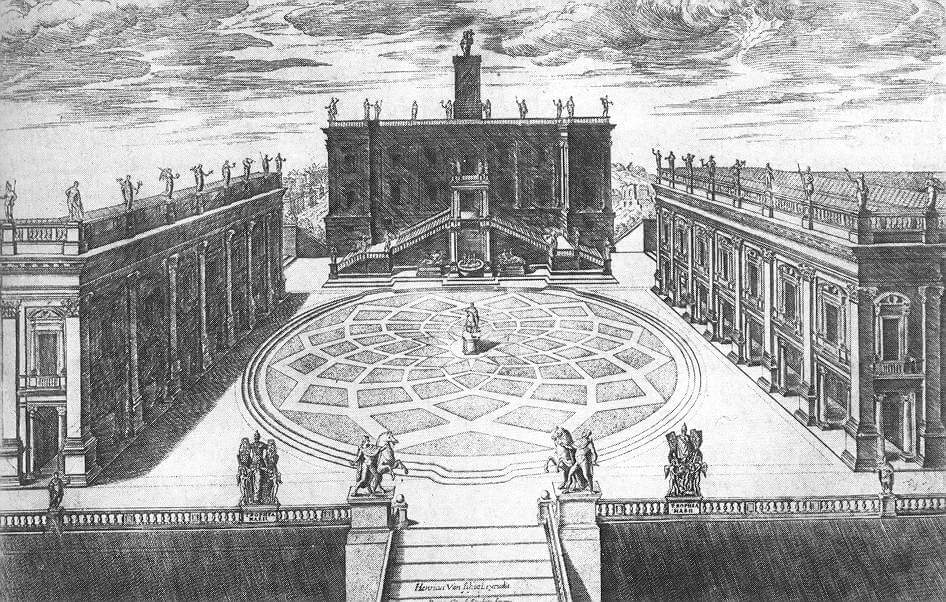
The scheme was not completed until the late seventeenth century, a hundred years after Michelangelo's death, and its design was modified in some respects by Giacomo della Porta. However, the result is essentially as Michelangelo intended: a spacious exterior room which could function as a stage set for ceremonial events.


